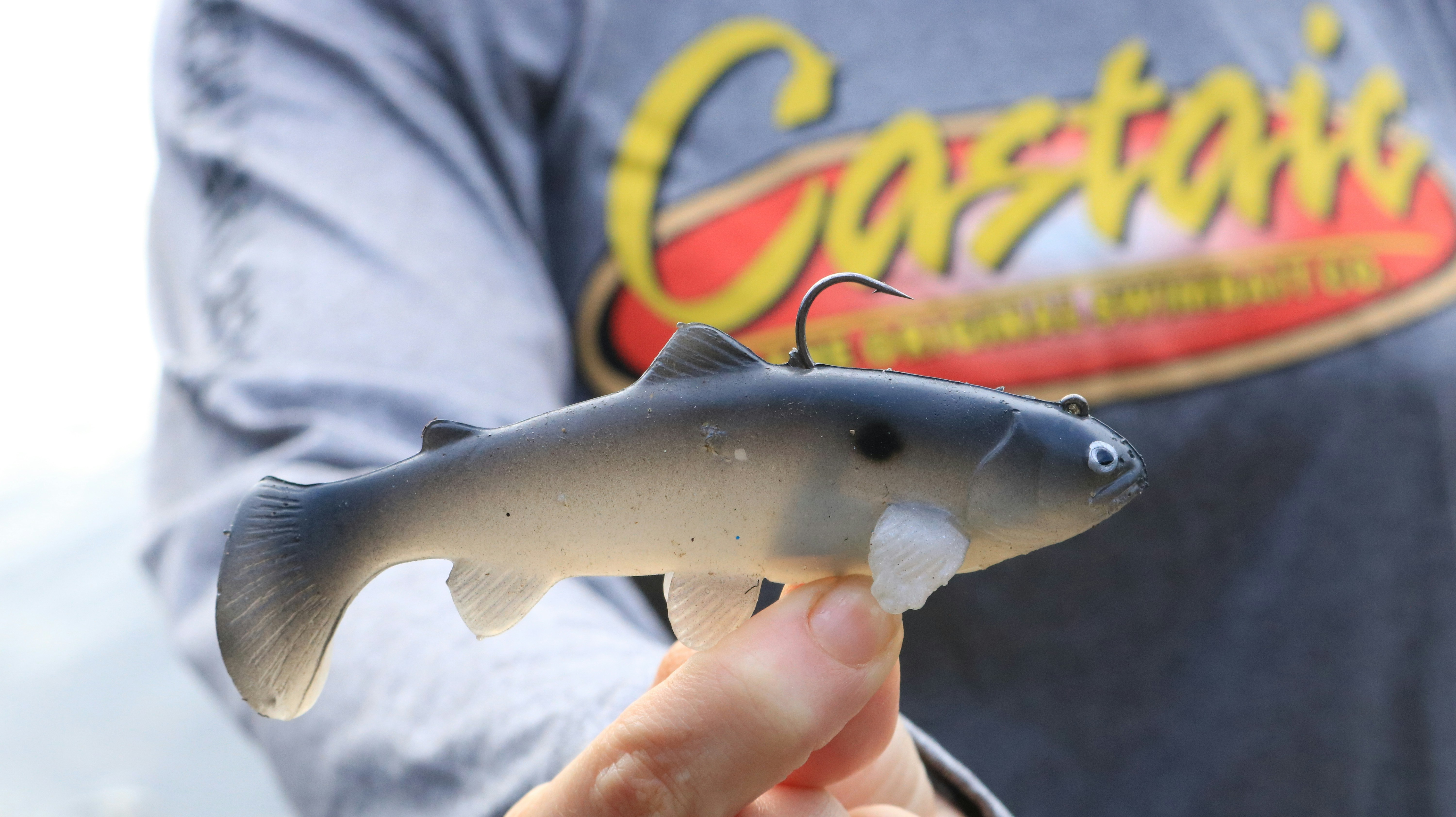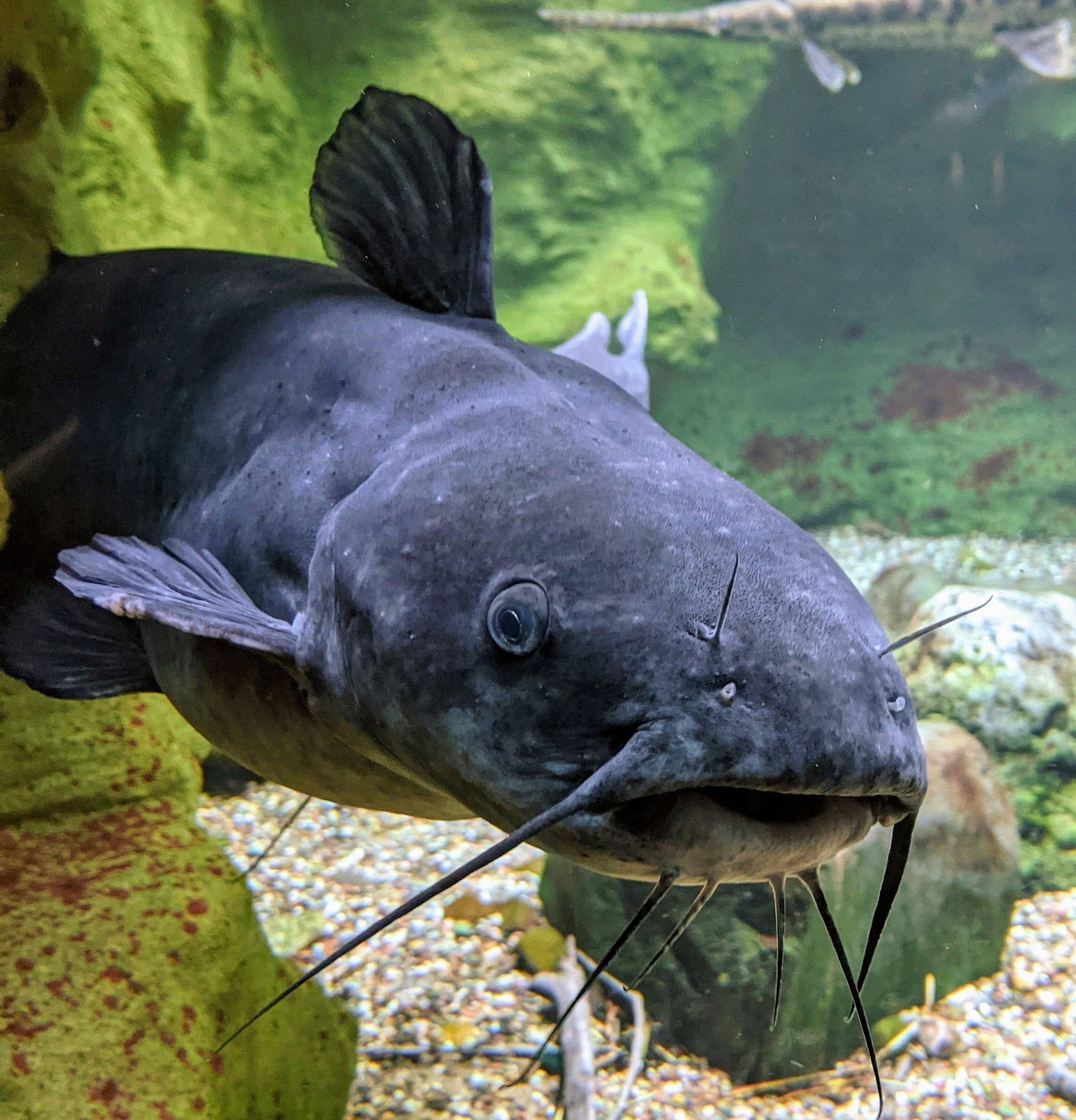Understanding Fishing Lines
When it comes to fishing, one of the most crucial components is the fishing line. In this blog, we will compare two popular types: monofilament (mono) and braided (braid) fishing lines. Each line has its own unique properties that cater to different fishing styles and preferences.
Monofilament Fishing Line
Monofilament fishing line is known for its versatility and ease of use. Made from a single strand of material, mono lines are popular among anglers for several reasons. Firstly, they have excellent knot strength and are forgiving when it comes to knots. This makes them ideal for beginners. Additionally, monofilament has good abrasion resistance and stretches under pressure, which can help prevent the line from snapping during a fight with a fish.
Braided Fishing Line
Braid fishing lines, on the other hand, are made from multiple strands woven together, resulting in a thinner and stronger line. This makes braid an excellent choice for casting long distances and for fishing in heavy cover. Unlike monofilament, braided lines have little to no stretch, which allows for solid hook sets and better sensitivity when detecting bites. However, they are more visible in the water and may require the use of a leader line to avoid spooking fish.
Choosing the Right Line for Your Needs
Your choice between mono and braid will depend on various factors such as the fishing environment, target species, and personal preferences. Mono is great for general fishing, especially for beginners or in situations where stretch is beneficial. Conversely, braid shines in heavy cover or when fishing for species that require quick hook sets. Understanding the differences will help you make an informed choice for your next fishing adventure.






Leave a Reply